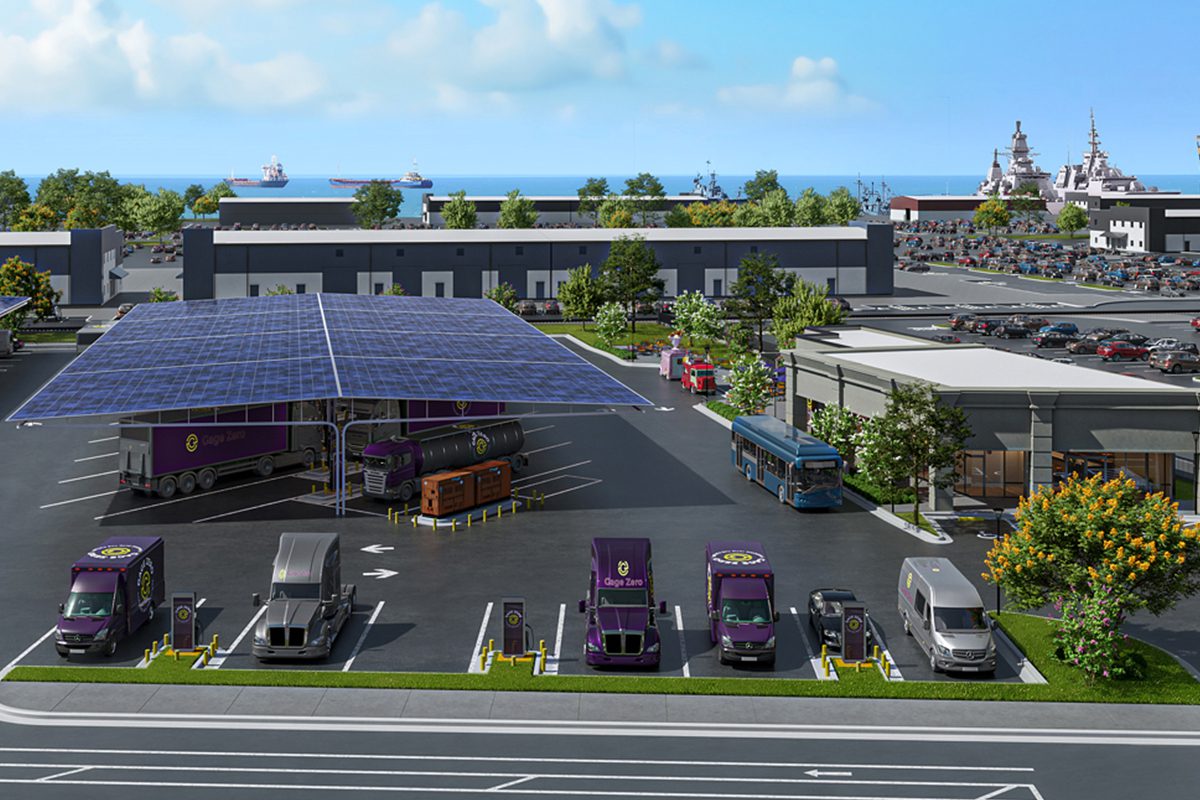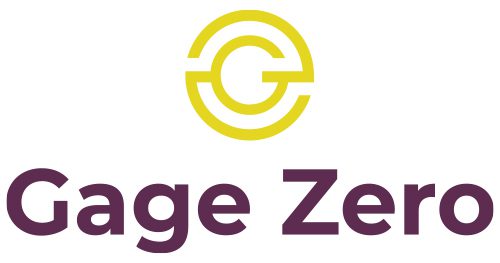An Expensive Transition
Technology advances and regulations around electrifying medium- and heavy-duty vehicles are leading many fleet owners and operators to transition to electric sooner than they might have originally planned. This accelerated timeline presents a critical question: can fleets afford to pay for the transition from diesel to electric vehicles (EVs) today, and if not, what are their options?
While the transition to EVs promises benefits such as operational cost savings, meeting customer sustainability goals, and improving the health of the communities in which fleets operate, the upfront costs of transitioning to electric can be significant. From purchasing the EV trucks themselves to procuring and installing charging stations, capital expenditure can quickly add up.
The good news is there are creative ways to successfully fund this major shift.
Funding from Public Sources
Grants, vouchers, and tax credits are increasingly available from federal, state, and local sources. These can offset the cost of electrification, both for the vehicles themselves and for the charging infrastructure. For a list of incentives, refer to this resource guide from the U.S. Department of Energy.
A word of caution, however: qualifying and applying for these different incentives is often complicated, time-consuming, and comes with strict reporting requirements. Dedicating in-house resources to this effort or using third-party providers can be beneficial to find, apply for, and report on the available public funds in your area.
Avoiding Upfront Costs with Private Partners
The large projected market for medium- and heavy-duty EVs has created an influx of private companies ready to help fleets electrify. Often, these companies can absorb the high upfront costs of procuring EVs and charging infrastructure so that fleets can begin transitioning without tying up their hard-earned capital.
For example, some companies offer electric truck leasing or financing so fleets can avoid the large capital outlay required to convert a diesel fleet to EV. In some cases, fleets can start leasing with options to buy later as their EV operations scale.
Additionally, there are companies building centralized, third-party EV truck charging hubs, negating the significant cost and complexity of building out charging infrastructure on their own sites. At many hubs, charging is provided as a service, which further helps fleets preserve their capital and pay for their EV operations as they go.
The Multi-Fleet Charging Hub Model
Similar to gas stations and truck stops, centralized charging hubs increase efficiency and reduce costs because they allow multiple fleets to use a single charging location conveniently located to ports, distribution centers, or operations headquarters. With hubs, the site is designed and developed from the ground up by a third party so fleets can simply show up and charge their trucks.
Multi-fleet charging hubs can accommodate various EV types and sizes and offer backup resiliency through solar generation, energy storage solutions, and more. And, depending on the hub, drivers can enjoy amenities such as showers, restaurants, cafes, and parking for their personal vehicles, all with on-site security.
Since costs for these hubs are amortized across multiple companies, everyone from small regional fleets to large, national enterprises can enjoy charging their EVs in the most cost-effective way.
Service Model Payment Options
Whether taking advantage of a multi-fleet charging hub or building out charging on your own site, fleets can look to private infrastructure partners to provide a service model. With service models, fleet owners and operators can focus on their core businesses while hub operators take care of ongoing EV charging considerations, such as driver training, charging station maintenance, uptime guarantees, and more. These models can offer various options for how fleets pay – for example, pay-as-you-go pricing based on the electricity you consume when you charge or, alternatively, a flat, monthly fee. Both may offer pricing with no upfront costs.
Considerations for Fleet Electrification Partners
Choosing the right fleet electrification partner can feel almost as daunting as the process of electrifying itself. Here are some questions fleets should investigate as they consider potential providers:
- Do they focus on fleets rather than passenger vehicles?
- Do they have previous experience developing large-scale energy projects?
- Do they have expertise related to EV truck and charger technology requirements and compatibility?
- Do they require upfront down payments?
- What type of pricing structures do they offer?
- Do they have options for short-term solutions to get started quickly, given the long lead times for utility companies to bring power to a charging site?
- Do they offer charging station maintenance and uptime guarantees?
- Can they help you apply for grants and incentives?
- Do they offer vehicle financing or leasing options?
A Worthy Investment
While the barriers to electrification can seem high, we encourage fleets to find an electrification partner who can help navigate all this complexity. Additionally, using a mix of public and private funding will help save upfront capital costs and allow fleet owners and operators to focus their energy and dollars to keep current operations up and running, while planning for the future.
Starting the process now will garner insights for short- and long-term operational efficiencies, build goodwill in the communities you serve, help create a cleaner planet, and lower your overall operational costs over time.
You don’t have to go at it alone, and companies like Gage Zero have an experienced team ready to help. To request a free consultation, visit our website, or come see us at ACT Expo Booth #851!



